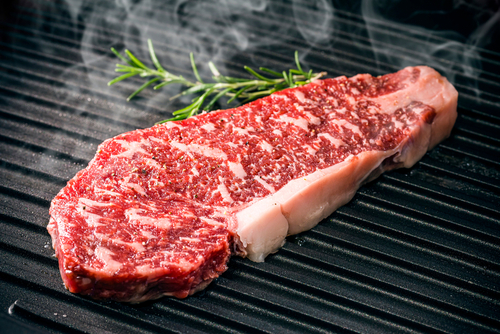Category: Articles
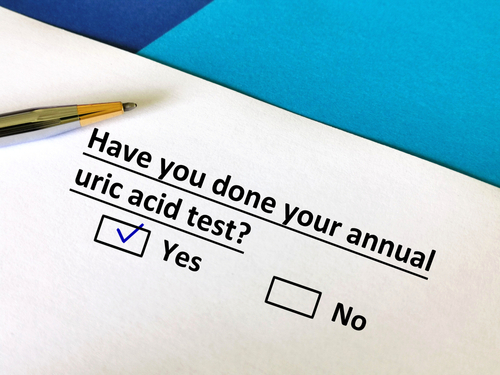
Uric Acid –A Common Denominator for Dementia, High Blood Pressure, High Blood Sugar, and Weight Gain
by Mila McManus, MD It is fairly common knowledge that high levels of uric acid in the human body can cause Gout, a sudden arthritis which attacks joints causing significant pain, swelling, redness, and tenderness in joints. It usually affects one joint at a time, typically a big toe or knee. Did you know that…
Read More

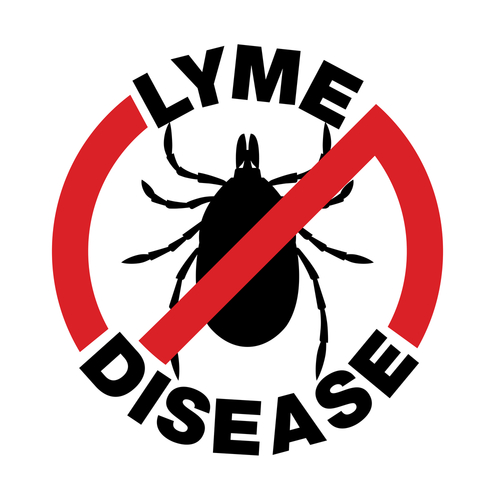
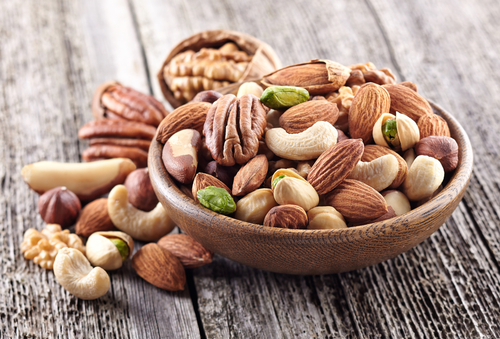

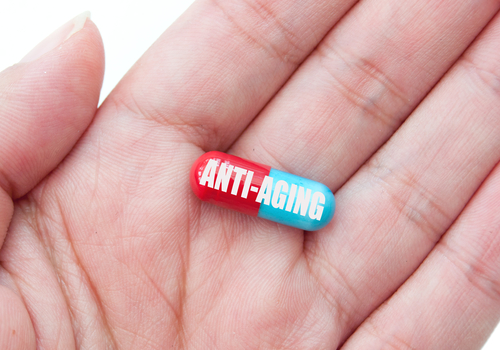

Take Charge of Your Health
We believe in empowering you to be an active participant in your health journey. With our guidance, simple lifestyle adjustments can yield profound results. Let us be the bridge to a healthier, happier you.
SCHEDULE AN APPOINTMENT
